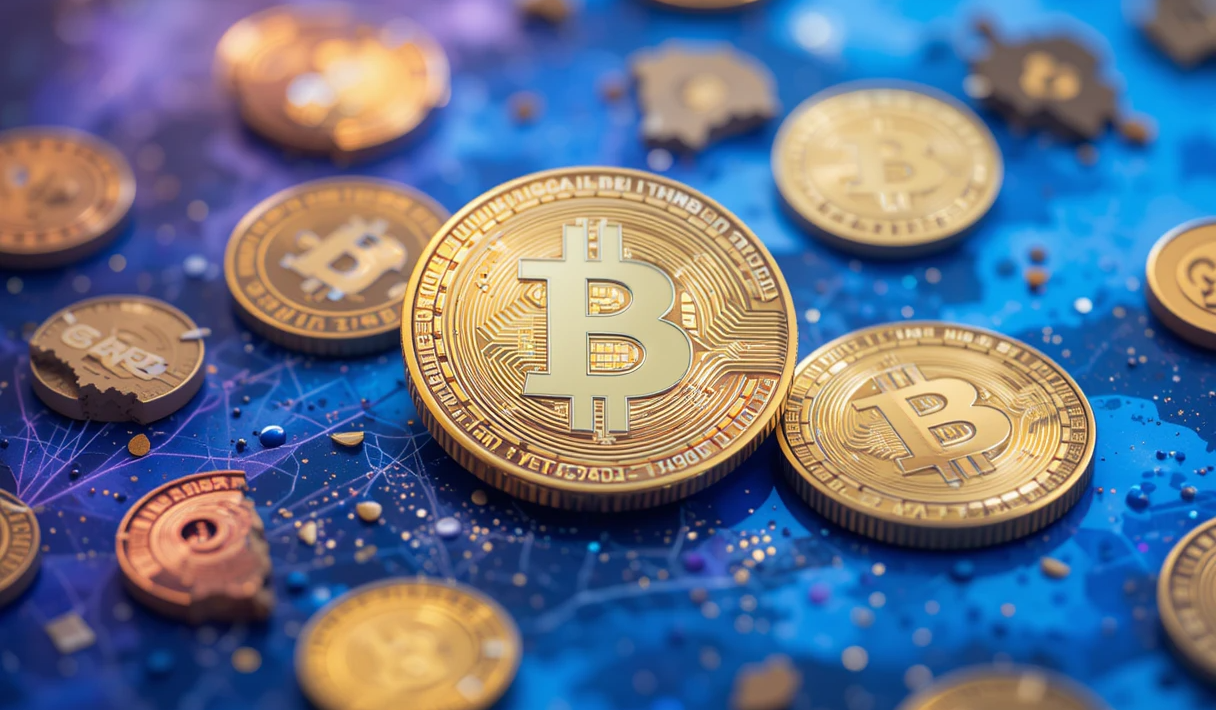Earlier on we had Schmid on monetary policy: Fed’s Schmid says inflation too high, worrying that price rises becoming more widespread
Kansas City Fed President Jeff Schmid casting a wider net now, says its hard to know if stablecoin is anything different from Venmo on steroids.
Let’s consider.
—
Firstly, what is Venmo, and what are stablecoins?
Venmo is a centralised payment service operated by PayPal, built entirely on the traditional banking system:
-
Balances in Venmo are denominated in US dollars and held by PayPal’s partner banks.
-
Transfers happen off-chain — they’re recorded in PayPal’s internal ledger, not on any blockchain.
-
When you “send” money to a friend, Venmo simply updates its database; the real banking settlement happens later.
-
Users rely on PayPal’s custody and U.S. banking regulations for trust and protection.
What a Stablecoin is:
A stablecoin (like USDT, USDC, or PayPal’s PYUSD) is a cryptocurrency designed to maintain a stable value, usually pegged to a fiat currency like the US dollar.
-
It operates on a public blockchain (like Ethereum or Solana).
-
Transactions are peer-to-peer and transparent, recorded immutably on-chain.
-
Users self-custody their funds if they choose — no intermediary like PayPal is needed.
-
Settlement is instant and final, with no bank delays.
-
Trust relies on the issuer’s reserves and the blockchain protocol, not on a private company’s internal ledger.
In short:
- Venmo is a digital wrapper around the banking system — convenient but centralised.
- Stablecoins are digital dollars that live on the blockchain — programmable, global, and more transparent but with different regulatory risks.
—
The two have very different FX and cross-border implications:
Venmo is purely domestic, stablecoins are global
- Venmo operates entirely inside the US banking system — all balances are USD-only, and cross-border transactions aren’t possible. That means no FX element, no offshore liquidity, and no arbitrage opportunities.
Stablecoins, by contrast, circulate globally 24/7 across crypto exchanges, DeFi platforms, and OTC desks. They effectively act as synthetic U.S. dollars offshore — liquid, transferable, and tradable against other assets without touching the banking system.
-
Example: A trader in Singapore can use USDT or USDC to settle trades instantly with a counterparty in London, without either party needing a U.S. bank account.
- This makes stablecoins a key source of dollar liquidity outside the reach of traditional bank hours or jurisdictions — hence their huge role in crypto and emerging-market FX flows.
Venmo is non-convertible — it’s domestic USD only. Stablecoins, however, enable on-chain FX via decentralised exchanges or stablecoin pairs (e.g., USDC/USDT vs EURS/JPY stablecoins).
They’ve also become de facto settlement rails for crypto-native trade and, increasingly, for cross-border B2B payments.
-
Emerging-market businesses use USDT as a hedge against local currency volatility.
-
Offshore exchanges use stablecoins for collateral and margin, bypassing traditional bank FX bottlenecks.
This has led analysts to describe stablecoins as the new eurodollars — private, offshore dollar instruments that expand global USD liquidity outside U.S. banks.
This article was written by Eamonn Sheridan at investinglive.com.
